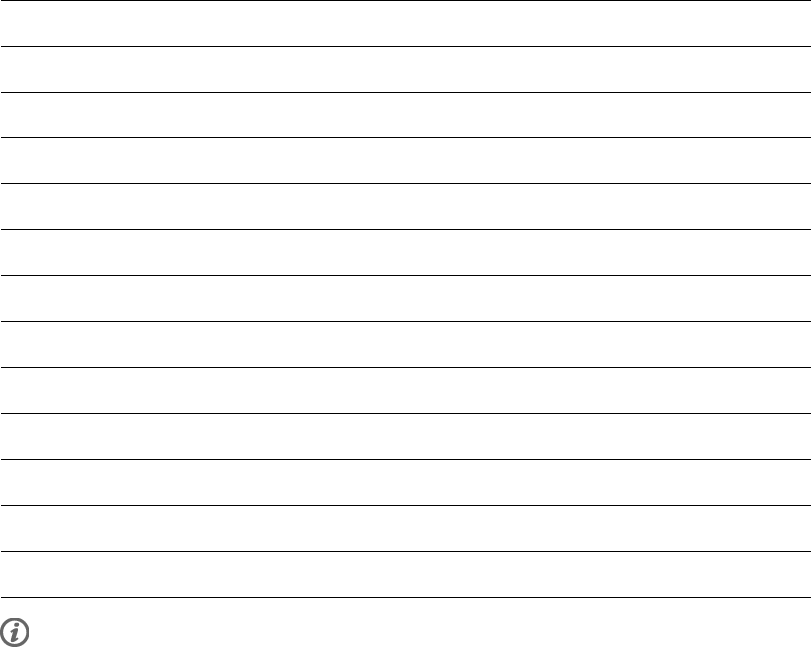
3. GETTING STARTED
Before activating your cycling computer, measure the wheel size of your bicycle.
Measuring Wheel Size
Wheel size settings are a prerequisite for correct cycling information. There are two ways of
determining the wheel size of your bike:
Method 1
Look for the diameter in inches or in ETRTO printed on the wheel. Match it to the wheel size in
millimeters in the right column of the chart.
ETRTO
Wheel size diameter (inches) Wheel size setting (mm)
25-559
26 x 1.0 1884
23-571
650 x 23C 1909
35-559
26 x 1.50 1947
37-622
700 x 35C 1958
47-559
26 x 1.95 2022
20-622
700 x 20C 2051
52-559
26 x 2.0 2054
23-622
700 x 23C 2070
25-622
700 x 25C 2080
28-622
700 x 28 2101
32-622
700 x 32C 2126
42-622
700 x 40C 2189
47-622
700 x 47C 2220
Wheel sizes on the chart are advisory as wheel size depends on the wheel type and air pressure.
Method 2
Measure the wheel manually for the most accurate result.
Use the valve to mark the point where the wheel touches the ground. Draw a line on the ground to
mark that point. Move your bike forward on a flat surface for one complete rotation. The tire should be
perpendicular to the ground. Draw another line on the ground at the valve to mark a full rotation.
Measure the distance between the two lines.
Subtract 4 mm to account for your weight on the bike to get your wheel circumference. Enter this
value in the cycling computer.
Basic Settings
Before using your cycling computer for the first time, customize the basic settings. Enter as accurate
data as possible to ensure correct feedback based on your performance.
Polar CS600 User Manual 6


















